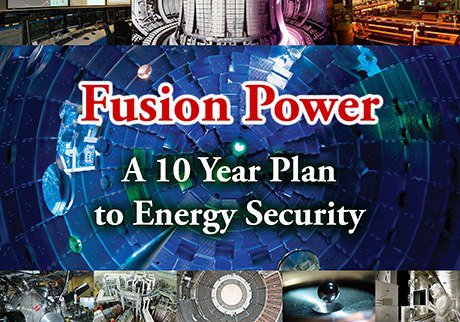
Understanding the potential of fusion energy
Susan Bly of Troy Media interviewed Dr. Allan Offenberger, Professor Emeritus of Electrical and Computer Engineering at the University of Alberta and co-chair of the Alberta/Canada Fusion Energy Program. He provides a great overview of fusion and talks about how fusion will work as an energy source, particularly for inertial fusion. From the article:
The means of generating power from Inertial Fusion is similar to that of an internal combustion engine – fuel pellets injected into a target chamber at a rate of about 600/min while laser beams are fired to ignite the fuel within the chamber. The fusion power plant would include a pellet factory; an injection system to deliver pellets to the centre of a chamber, a laser system to ignite the fuel pellets, and a circulating lithium blanket in the chamber to absorb the energy of the neutrons emerging from the fusion reaction. In addition to removing the heat to an external loop, the lithium is needed to produce tritium as part of the fuel cycle (deuterium-tritium reactions having the lowest temperature required for fusion; tritium is not found in nature due to its short decay lifetime). The captured energy would be used to heat water to create steam and generate electricity.
And he expands upon the benefits of fusion power:
A transformative change is coming and the economic impact will be profound. With fusion we will finally have sustainable, clean energy for electricity generation that will benefit every country in the world. Environmental concerns will be addressed. Geopolitics associated with energy supplies will vanish because the fuels of fusion (deuterium and lithium) are found everywhere – on land and in the oceans. The amount of fuel to be acquired and transported is very small compared to alternatives. The fuel required to run a fusion power plant for a year can be delivered in the back of a pick-up truck; in comparison, a coal-fired plant burns approximately 26,000 train-car loads of coal to produce the same output power of one gigawatt of energy.
To read the full article, click here.





